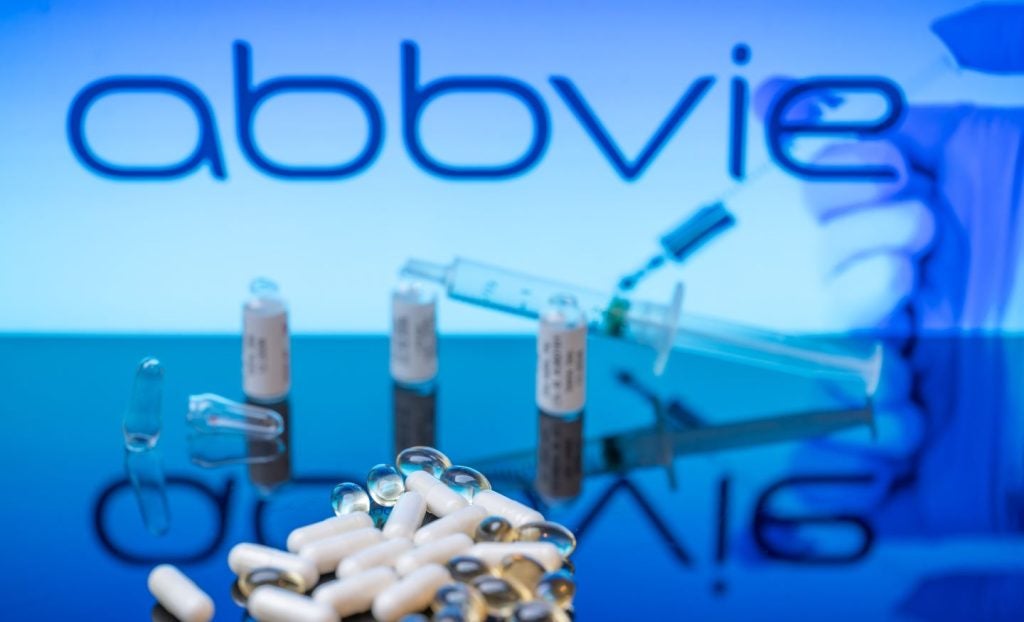
The ongoing European Union (EU) elections, a revision of key legislation governing the pharmaceutical and biotech industry in Europe, and a new way of doing health technology assessments are all culminating in a maze-like endeavour for the healthcare space in Europe.
These ongoing changes, along with several upcoming ones were discussed at length at a panel at the BIO International conference, taking place from 3 to 6 June. While these changes are centred in Europe, experts said they would be applicable for any biotech or pharmaceutical company looking to enter the healthcare landscape.
Midway through the discussion, the panellists acknowledged how confusing the changes to the regulatory structures, not just at the EU level but also at the individual EU member level, could be for biotechs.
The key, they said, was to now engage early—even two to three years before the potential launch of a product—with the important stakeholders if they want to give their products the best chance to approval and market.
The two main tracks of regulation on everyone’s minds were the revised General Pharmaceutical Legislation (GPL) and the EU’s Health Technology Assessment (HTA) regulation.
Revised GPL garners concerns on orphan drug exclusivity
The revised GPL has an ambitious and worthy aim of bringing medicines to more patients and creating equitable access to medicines, said Claire Skentelbery, director general of industry body EuropaBio. But this has come with a “general weakening” of protection for data and other provisions governing orphan drug designations and market exclusivity, she said. Skentelbery has previously talked about how the proposed changes carry challenges, especially for small-to-mid-sized biotechs.
How well do you really know your competitors?
Access the most comprehensive Company Profiles on the market, powered by GlobalData. Save hours of research. Gain competitive edge.

Thank you!
Your download email will arrive shortly
Not ready to buy yet? Download a free sample
We are confident about the unique quality of our Company Profiles. However, we want you to make the most beneficial decision for your business, so we offer a free sample that you can download by submitting the below form
By GlobalDataThe additional requirements within the revised GPL, such as the one requiring orphan drugs to prove an “unmet need” creates uncertainty from a company’s perspective, said Thomas Bols, head of Government Affairs and Patient Engagement, EMEA & APAC, at pharma company PTC Therapeutics. For context, currently, it does not matter if there is a competing product for that rare condition for a manufacturer to get the benefits earmarked for orphan drugs. In such a landscape where the market potential for a drug is uncertain, investors only assign a baseline value for a product, which can be challenging, he said.
Bols suggested that companies go through their pipelines and then tailor their development plans based on which regulation they will now need to follow.
Still, Skentelbery said the latest format of the legislation which was approved in March, did at least recognise the need for innovation protection. The next step will involve the national capitals within Europe assessing the revised GPL. The ongoing EU elections add to some uncertainties that are baked into this, but the revised GPL is expected to be finalised in 2028.
EU HTA navigation begins
Another major piece of regulatory change involves the EU HTAs, which are supposed to reduce the duplication of work done by different member state health authorities through a process involving joint clinical assessments.
The revised EU HTA go into effect for oncology and cell and gene therapies in January 2025, meaning applications related to that therapeutic area will start undergoing a joint clinical assessment (JCA) by all EU member states starting early next year. Then each EU member state can use that JCA to make their assessment. Orphan drugs will be subject to such a system beginning in 2028 and all drugs will undergo this process starting in 2030.
All this is, however, separate from the EMA approval process. Matias Olsen, public affairs and policy manager of EUCOPE, the trade body for small to mid-sized biopharma companies, said that this means that regulatory and market access teams at pharma companies need to start working together to plan for the future. Nonetheless, Dr Steffen Thirstrup, chief medical officer at the EMA, said the agency is working to make sure there is reasonable alignment between the two groups.
Amid this EU-centric discussion, Santoke Naal, the managing director at consulting company IGES UK, said the experience in the UK, which now is divorced from the EU after Brexit, provided a good template for the EU. He stressed that based on the UK’s experience, the clinical data will need to be seen through the same lens across all the different member states, to reach a consensus. He added that each of the HTA bodies of member states may have a slightly different approach, so it becomes “enormously important” to engage early. In the UK, some products got turned down because the manufacturers hadn’t engaged with the authorities sooner.





